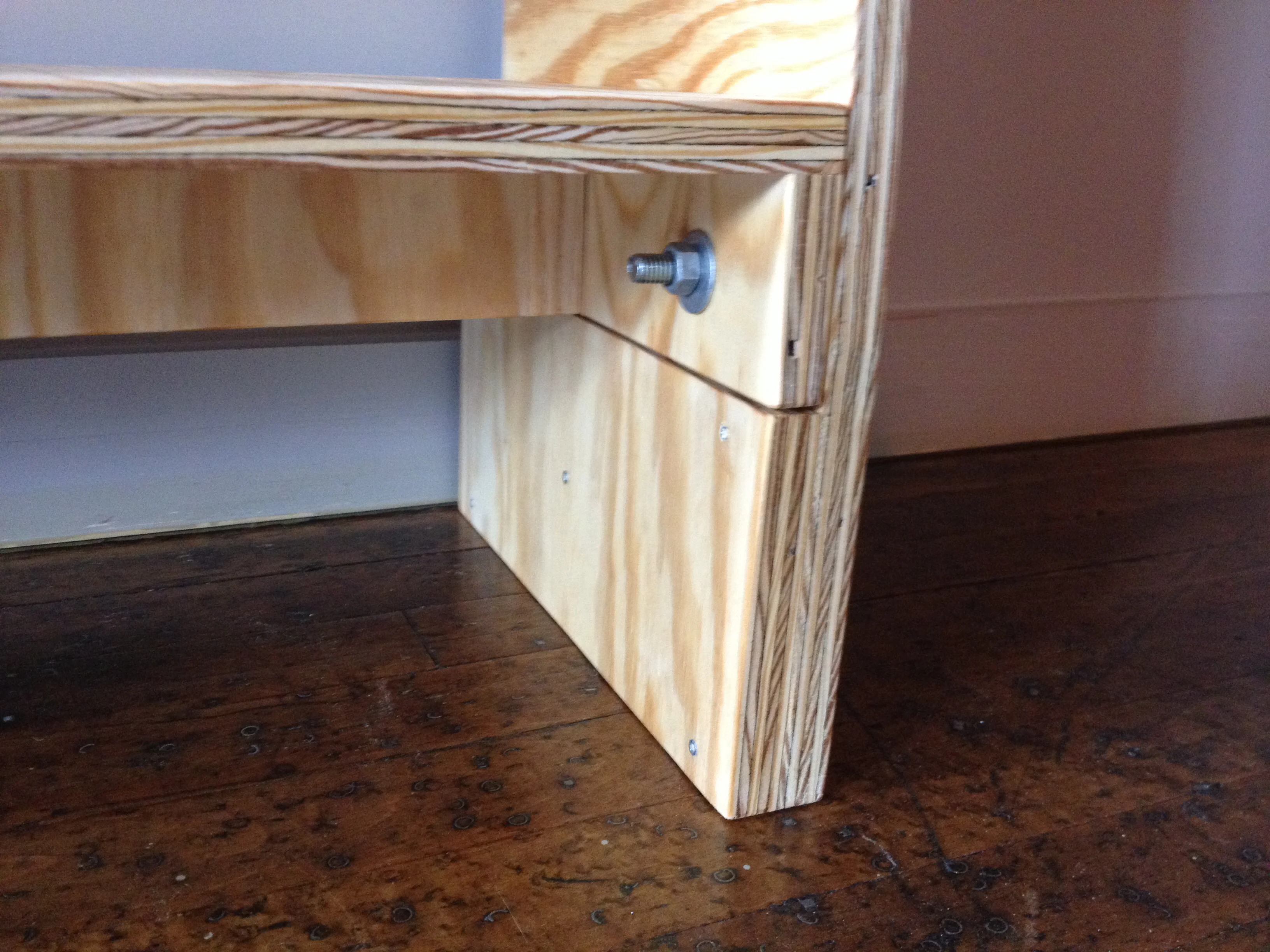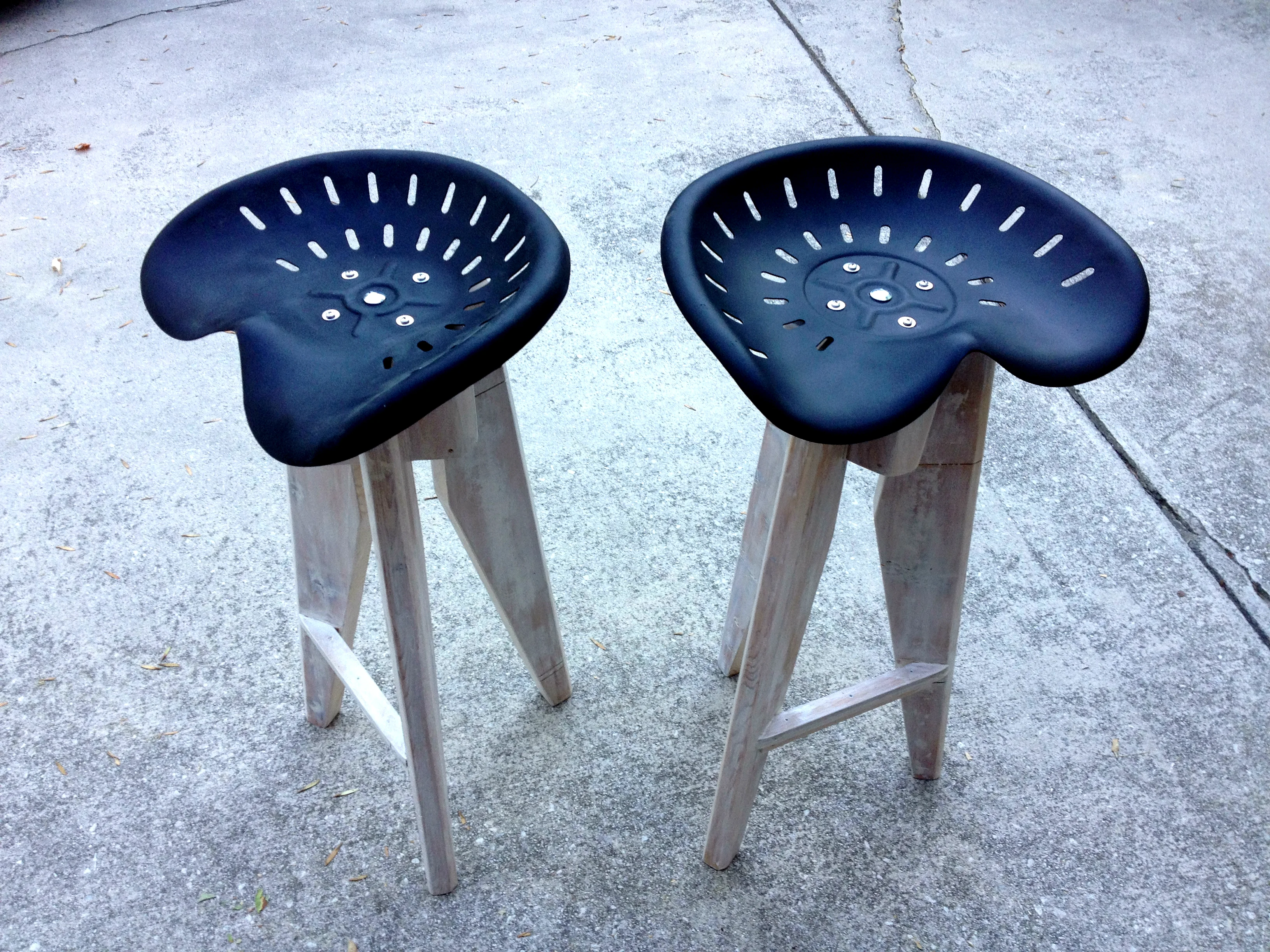This week, I finished The Baltimore Rowhouse, by Mary Ellen Hayward and Charles Belfoure, which traces the development of the rowhouse from its English origins on up through the present day. Many cities have certain architectural types -- New York is a city of apartments, Chicago a city of three-flats, and Los Angeles a city of bungalows -- but the rowhouse, more than any other typology, has come to define the architectural, social, and economic fabric of Baltimore.
Rowhouse construction began in earnest in Baltimore in the 1820s. Narrow (12-14' wide) homes were packed into tight blocks in what is now downtown, the Inner Harbor, and Fells Point. Two concepts from England -- connected superblocks of housing with shared party walls and the idea of "ground rent" instead of land ownership -- spurred development. Ground rent allowed someone to own a house, but not the land it sat on, instead renting the land from a landlord into perpetuity. Ground rents, in turn, could be packaged, sold, and traded amongst landowners, a kind of early derivative investment. Much like mobile homes today, removing the cost of the land from the purchase price made houses much cheaper upfront. Built on a speculative basis, most of the houses sold to people of limited means -- sailors, shipbuilders, shopkeepers, and carpenters. Efficient use of land kept the city from expanding beyond a walkable radius, key in an era before public transportation or widespread private vehicle ownership.
Read More


















